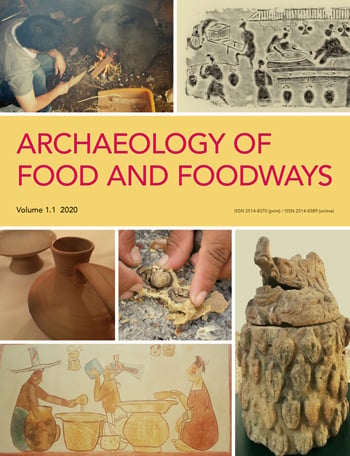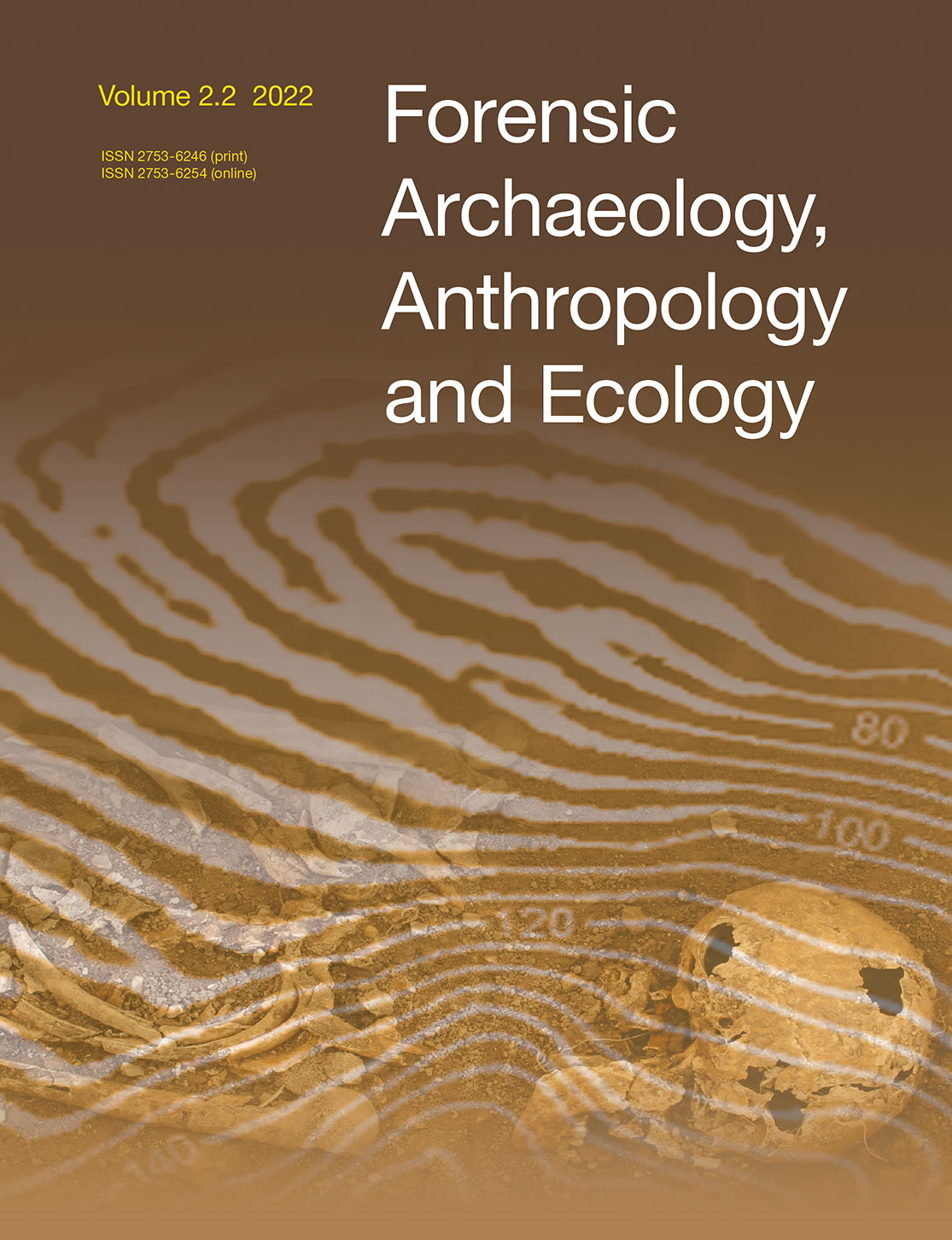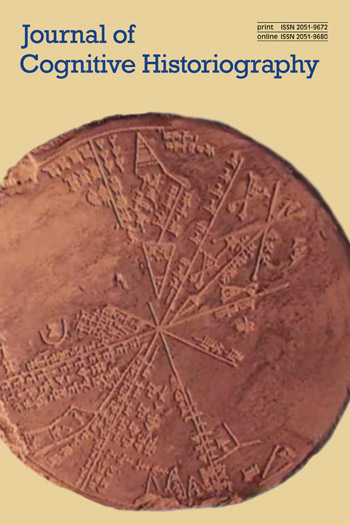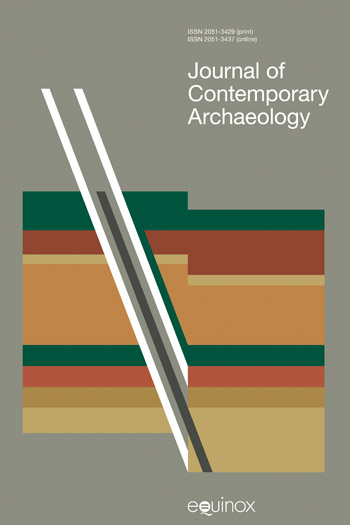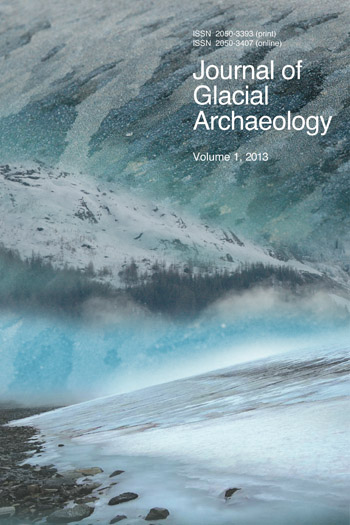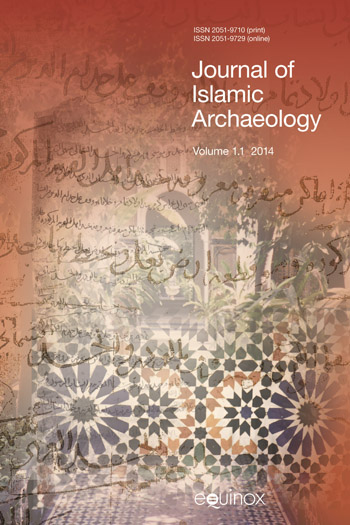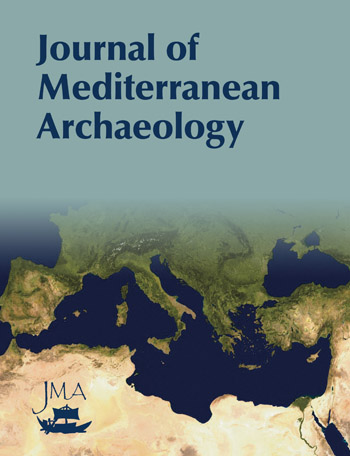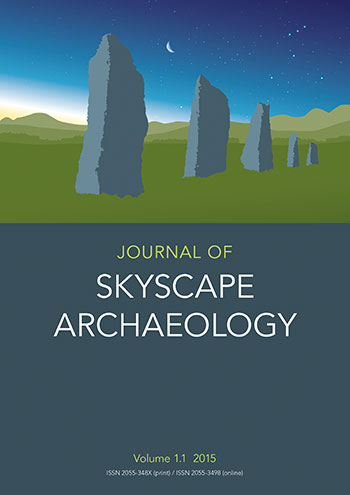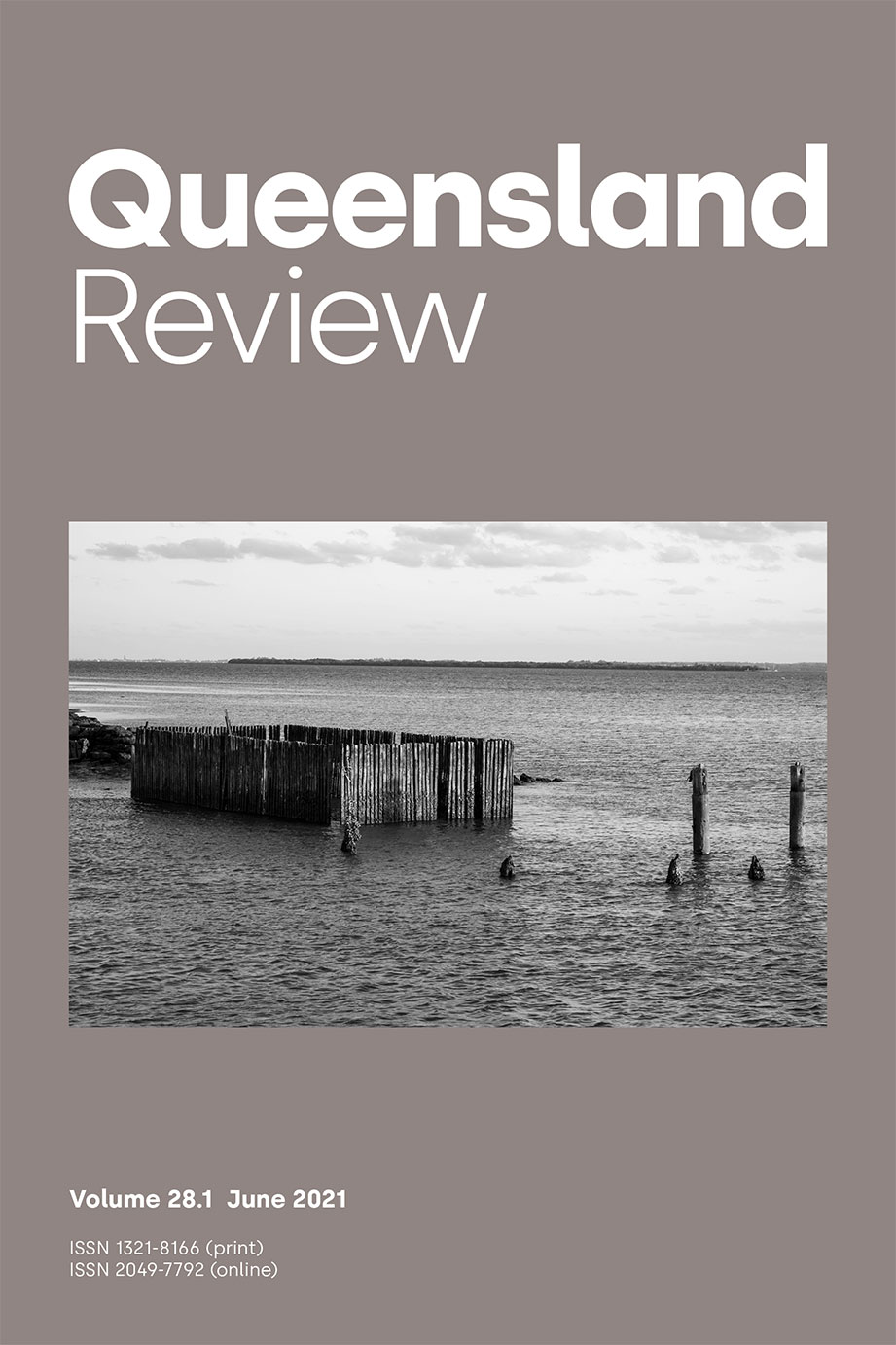Although these journals thematise different subfields, areas and periods, a common denominator in their approaches is that they all take an anthropological view of archaeology. Their aim is to extract meaning structures from the material remains of ancient cultures in order to reconstruct past lifeways and rituals in everyday life, document knowledge production, and to explain changes in human societies through time in general. Such thick descriptions are achieved through the interpretation of anthropological phenomena in multiple contexts – be it parallelisms with another ancient culture, large(r)-scale investigations of the same tendencies, global warming or theoretical frameworks like gender studies – rather than in their isolation.
One source of the diversity in contexts comes from the multidisciplinary character of the journals. Contributions have been submitted from around the world and they encompass disciplinary perspectives from art, architecture, sociology, urban studies, cultural studies, design studies, history, human geography, media studies, museum studies, psychology, and technology studies.
1. Journal of Mediterranean Archaeology
This journal has the longest history among the selection. It deals with the entire multicultural world of Mediterranean archaeology and covers issues from amongst others, the social, political, economic and ideological aspects of local or regional production and development, and of social interaction and exchange in the Mediterranean. Diving into the volumes, you can read about:
- Patterns of ancient identity constructions
- Different aspects of prehistoric everyday life in the Mediterranean, such as cooking in the Iberian Culture or pastoralism in the southern Alps in the late Iron Age and the Roman period
- What figurative art and its metaphors reveal about social concerns of a prehistoric island society of Malta in the 3rd millennium BC
- The study Early Neolithic offshore accounts: remote islands, maritime exploitations, and the Trans-Adriatic cultural network points on universal patterns in human behaviour in handling illegally gained assets.
2. Journal of Islamic Archaeology
Another journal with a particular cultural-geographical focus studies Islamic societies, polities, and communities, wherever they are found. The journal exhibits a wide range of ancient Islamic cultures related topics, including:
- The evolution of trade networks e.g., within an East Asian context, in the Central Mediterranean of the 10-11th centuries or in the Late Islamic Arabian Gulf
- Symbolic cultural meaning systems underlying the creation of glazed ceramics, moulded wares or hand-made geometrically painted wares and the socio-economic implications of their production
- Or burial practices in Medieval Toledo or in the Jordan Valley during the late Medieval and early Ottoman periods.
3. Journal of Glacial Archaeology
The journal is dedicated to unique archaeological finds that remained frozen and well preserved for hundreds and even thousands of years in the cryosphere and recently became accessible as a consequence of climate change. The journal aims to report on archaeological discoveries from glacial, permafrost, polar and high‐altitude frozen contexts around the world with special emphasis on the interpretation of frozen artefacts in the with regard to climate change and the social, political and ethical consequences of the inquiry. In the 2 volumes published so far you can read about:
- The High-Alpine Cultural Heritage in the Central Alps
- The challenges of artefact conservation in Antarctica
- Methodological techniques in glacial archaeological research, such as Geographic Information Systems, pollen analysis or radiocarbon dating
- And of course, about the fellow mummies of Hauslabjoch (Ötzi), the best-known Neolithic man found in the Tyrolean Alps in 1991. These findings include children mummies from Mount Lullaillaco (Argentina) who were sacrificed five hundred years ago, under the rule of the Inca Empire or skeletal remains from at the Upper Theodul glacier (Switzerland) in the 1980s and -‘90s, dated to c. AD 1600.
4. Journal of Skyscape Archaeology
The journal aims to expand the horizons of archaeology by adding another –“scape” to the scope of archaeological investigations. It brings together findings from disciplines of archaeoastronomy, archaeology, cultural astronomy, anthropology and history and facilitates further multidisciplinary collaborations under the aegis of skyscape archaeology. Their main focus of interest is the relationship between material culture, the sky, and society. Articles published so far are centred around two main topics:
- The relationship between sites and the landscapes in which they are situated in different contexts
- And in close connection with this, the emergence of ancient astronomical systems of knowledge and spherical calendrical systems. Case studies conducted at Preclassic Cerros, Belize, in the Chaco Canyon, southwestern Colorado or in the Inca Empire.
5. Journal of Contemporary Archaeology
The term contemporary in the title refers to the assessment of the current situation and future prospects of the discipline on the one hand and archaeologies of the recent past and present on the other.
- Is it archaeology to investigate the material culture of Sex Pistols? Sculptures of the USSR pavilion at the International Exhibition of 1937? Graffiti writings in Sydney’s suburbs? According to a group of studies in the Journal of Contemporary Archaeology, the answer is definitely yes. They argue for the vitality of archaeological questions in many realms of contemporary society and extend the scope of archaeological analysis to contemporary pieces of material culture. By doing so, they re-interpret the notion of material culture in the digital world.
- Another thread of discussion focuses on the socio-political implications of doing archaeology in the contemporary world in different cultural-geographical contexts and drafts future research agendas.







